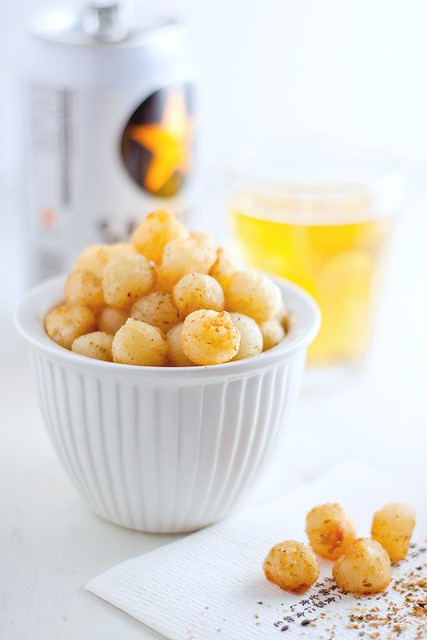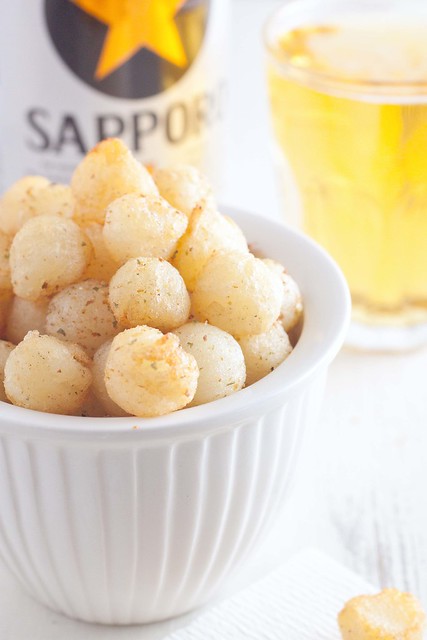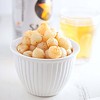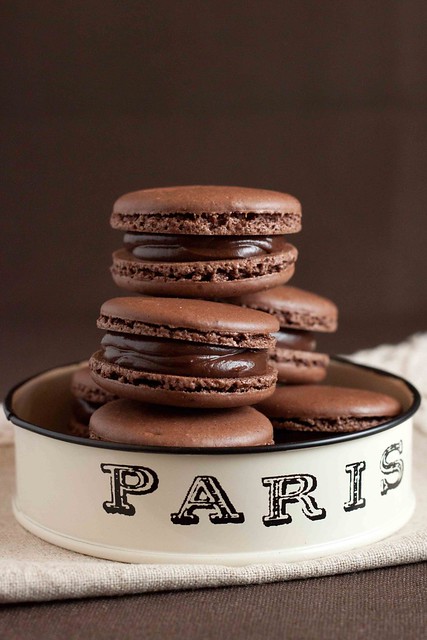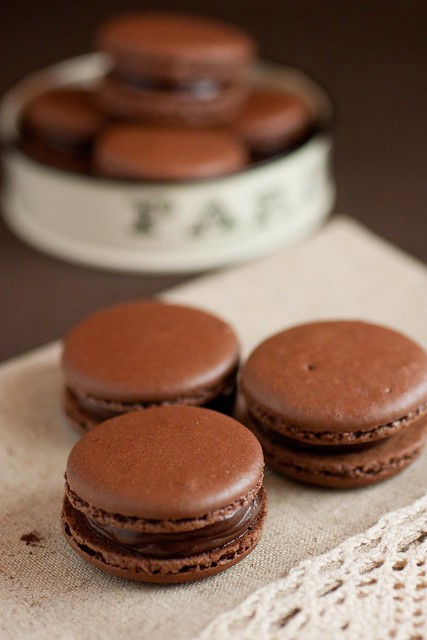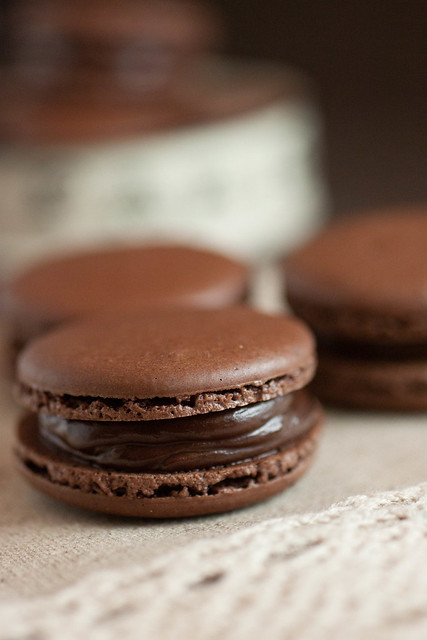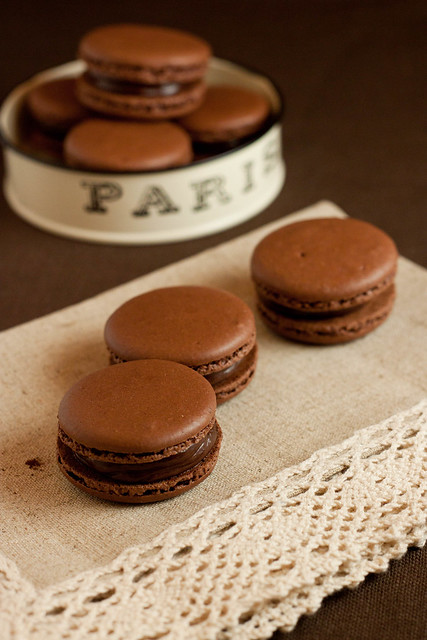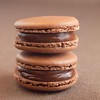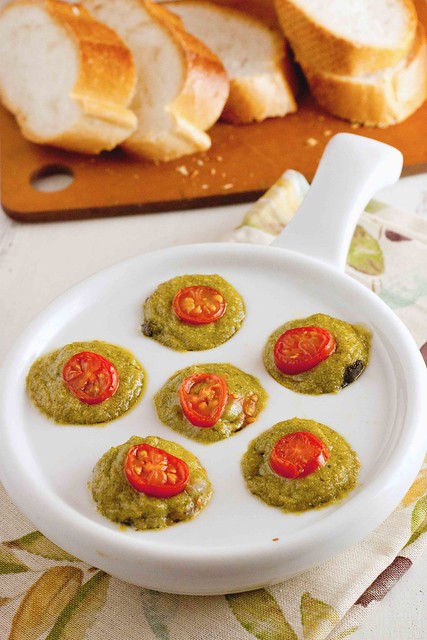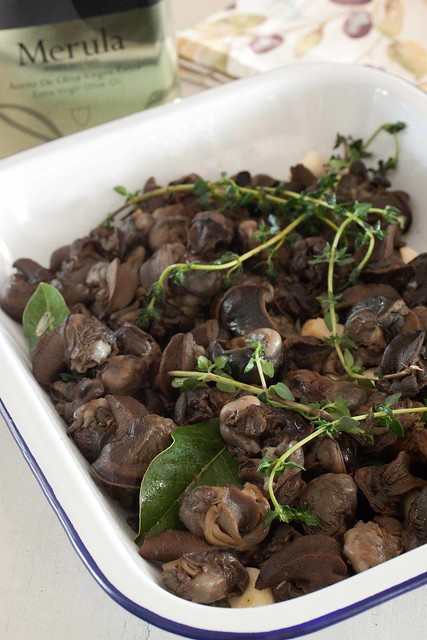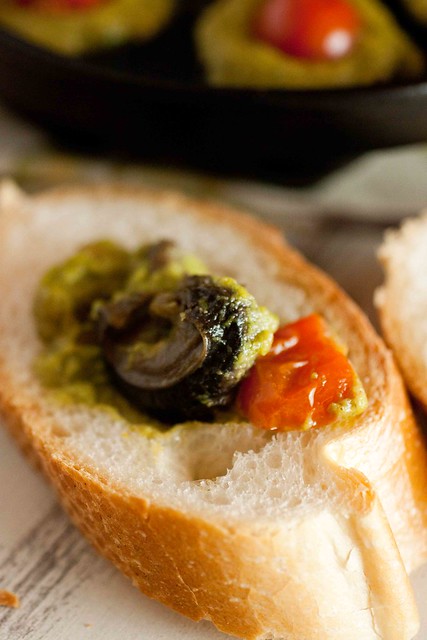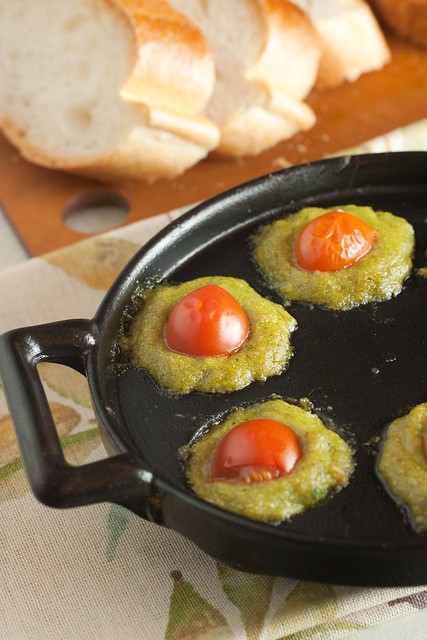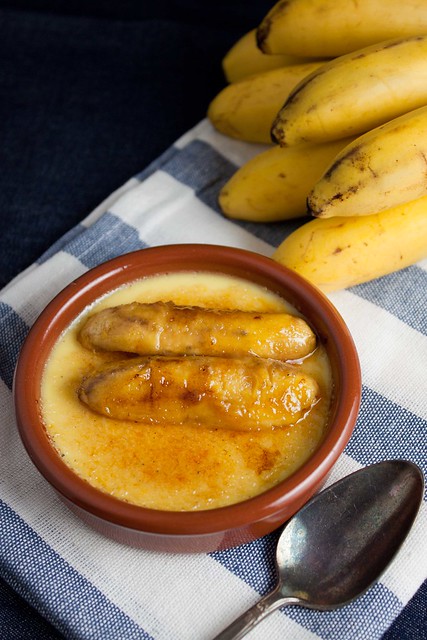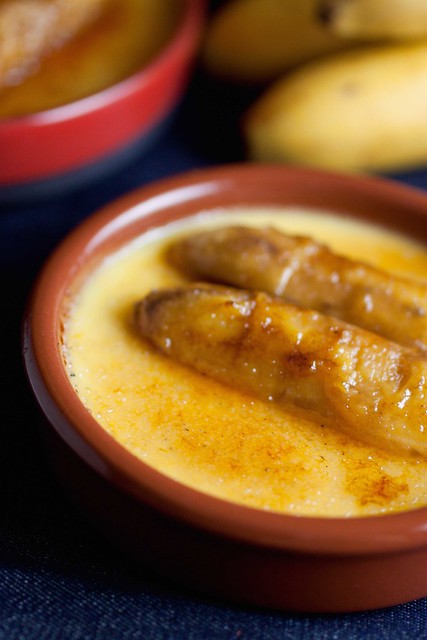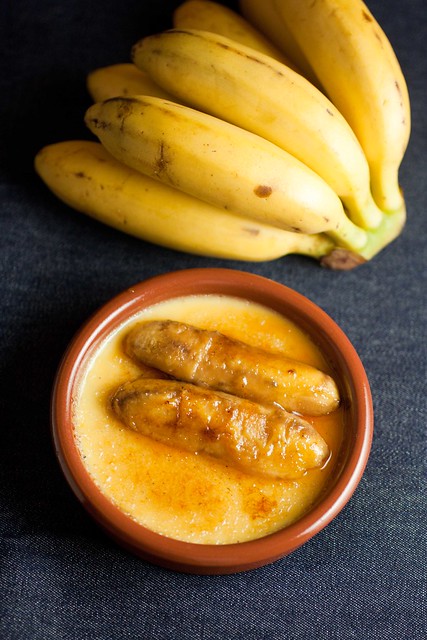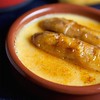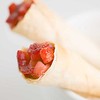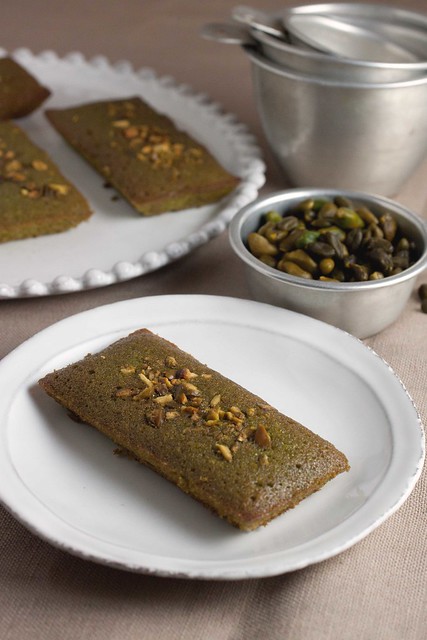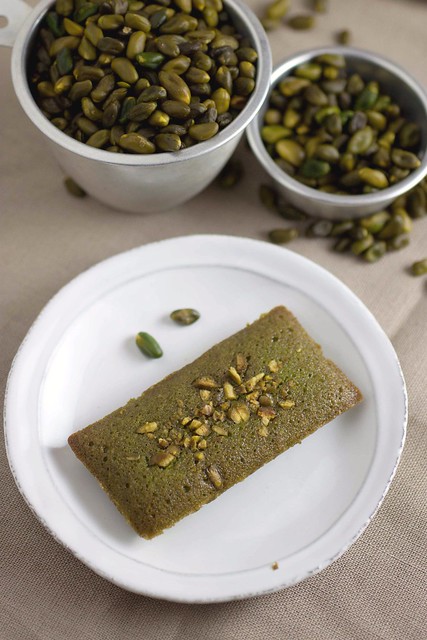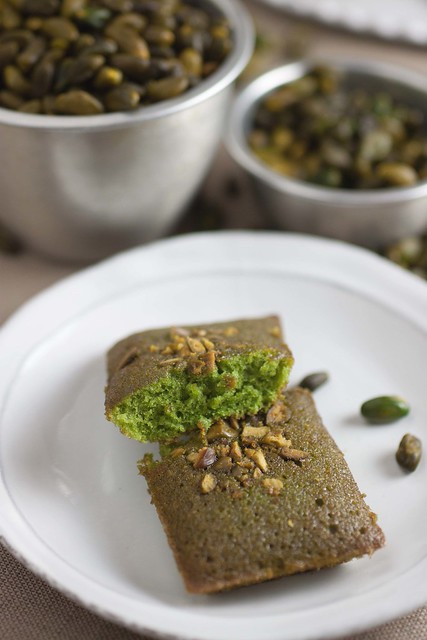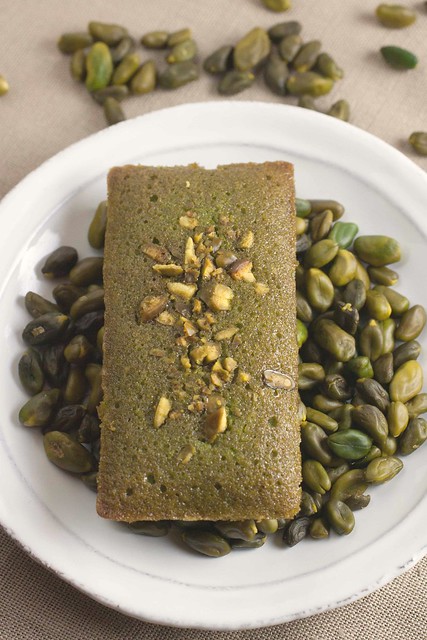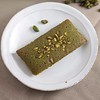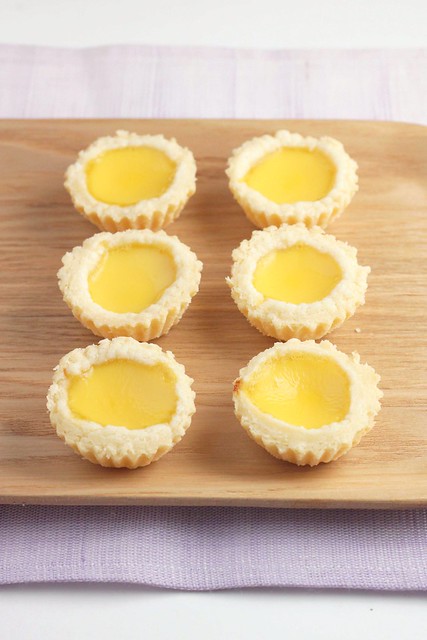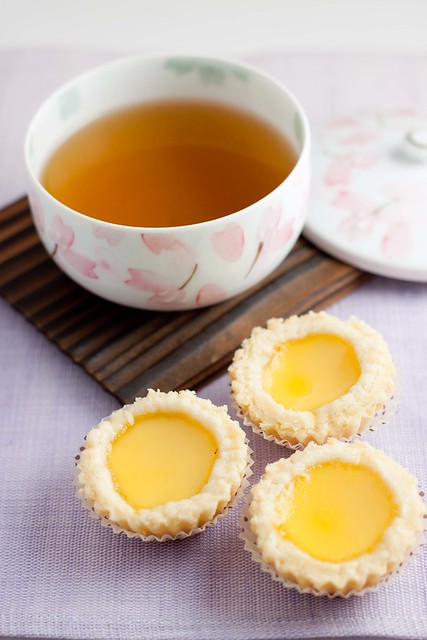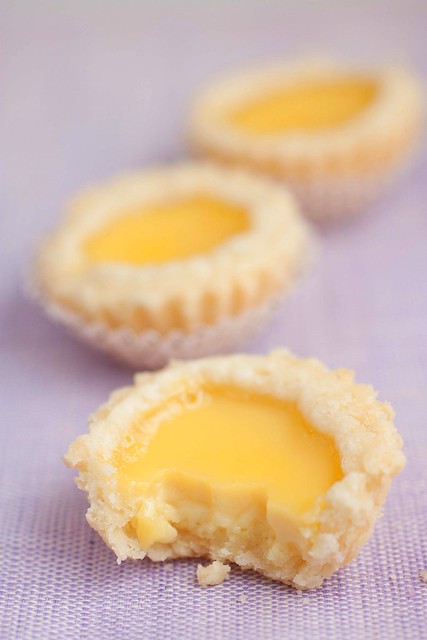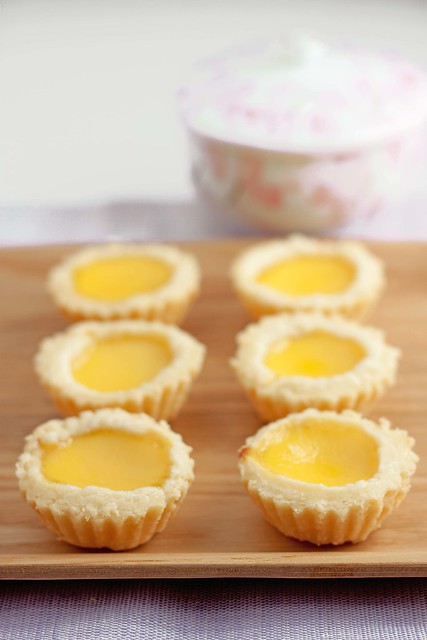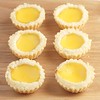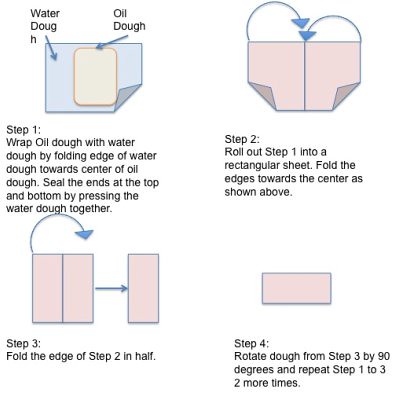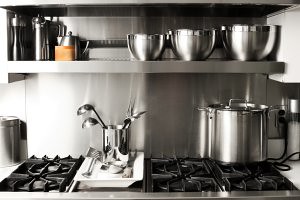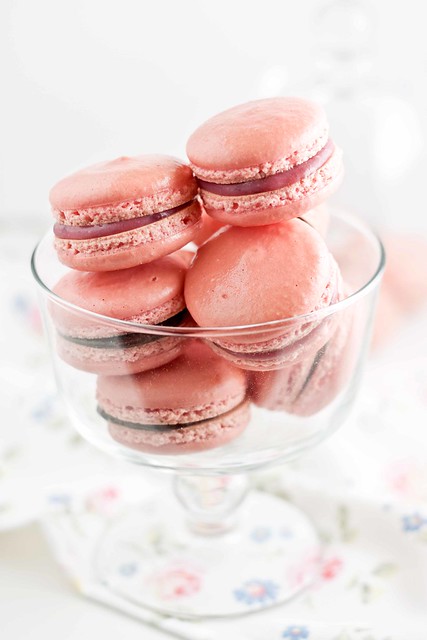
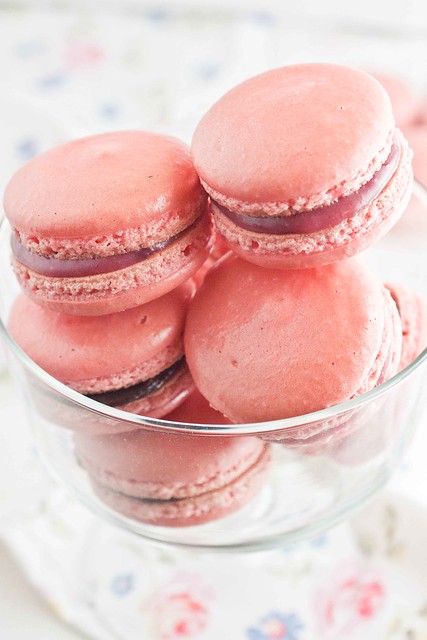
Here's one for the Sweet Tooth Fairy. Without cocoa powder to neutralize the sweetness of the macaron shell, this biscuit is sweeter than the Chocolate Macarons I had made earlier. (Actually strangely enough, I found that as you let the macarons age for a few days, they became less sweet, so the chocolate macarons were really quite perfect after they have sat out 3-4 days in the fridge. ) With the Raspberry White Chocolate filling, the sweetness level was propelled to astronomical level. In the spirit of research and experimentation, I had only made a few macarons with the Raspberry White Chocolate filling recipe I found in Australian Women's Weekly 'Macarons & Biscuits'. I filled up the rest of the biscuit stock with the dark chocolate ganache.
One of the challenges I had faced many years ago when I managed to achieve consistent macaronage was to get the perfect pastel shade cookie without browning. Pretty peaches, Bubblegum pinks and Melon greens were what I was after. Hence, when I was sure that macaronage was still within my reach last week, I couldn't wait to get them out in every bubble gummy shades... First up, is of course, the girly pink colour. I baked these at 155C without using the fan mode and left them on the lowest rack in the oven. They turned out quite decent with very little browning.
So if you have a weakness for anything sweet and pretty, this one's for you.

Recipe ( I had used Trissa's Recipe which uses the French Meringue Recipe here)
Please refer to the recipe at Trissa's post. Her recipe has been tried and tested by many and I find it less troublesome to follow. A few points to take note :
1. I added the pink colouring after all the castor sugar has been added and the meringue is relatively stable.
2. I let the macarons dry out for 1.5 hours in an air conditioned room before baking. If you are staying in a cooler region with lower humidity you can cut down the drying time to 30mins.
Raspberry White Chocolate Filling (Australian Women's Weekly Macaroons & Biscuits)
60ml Pouring cream
150g White chocolate
1 tbsp Raspberry Jam
1. Bring the cream to boil in a small saucepan. Remove from heat; add chocolate, stir until smooth. Stir in jam and tint with pink colouring. Refrigerate until spreadable.
2. Sandwich Macarons with filling.


